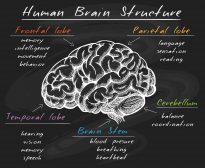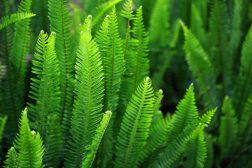Definition
noun, plural: sulfatides
A cerebroside sulfuric ester containing one or more sulfate groups in the sugar portion of the molecule
Supplement
Sulfatides belong to a class of sulfoglycolipids, which in turn belongs to a class of sulfolipids. Sulfatides may also be regarded as a subtype of cerebroside, a glycosphingolipid.
In eukaryotes, sulfatide is formed when galactocerebroside (a type of cerebroside with galactose as the carbohydrate constituent) is later sulfated in the Golgi apparatus. In particular, galactocerebroside reacts with 3’-phosphoadenosine-5’-phosphosulfate as catalyzed by cerebroside sulfotransferase to produce sulfatide.
Sulfatides occur on the extracellular leaflet of the cell membrane of various cells. Nevertheless, they are mostly found in the myelin sheath. Myelin is a fatty substance that sheathes and insulates the axon of a nerve cell. In the central nervous system, the myelin is produced by the oligodendrocytes. In the peripheral nervous system, it is produced by the Schwann cells.
Apart from being a component of the cell membrane, sulfatides also perform other crucial biological functions. For instance, they are involved in immune response, nervous system signaling, glial-axon interactions, cell adhesion, neural plasticity, memory, protein trafficking, and blood coagulation and anticoagulation.
Sulfatides are degraded in the lysosomes. The presence of sulfatides in excess can lead to pathological conditions. For instance, metachromatic leukodystrophy is a lysosomal storage disorder characterized by the accumulation of lysosomal sulfatides due to a deficiency in lysosomal sulfatase, arylsulfatase A.
Synonym(s):
- 3-O-sulfogalactosylceramide
- SM4
- sulfated galactocerebroside
See also:
Related term(s):
- Sulfatide lipidosis







